Hello everyone, this week in my blog I will be talking about a highly specialised group of primates that have adapted to live a very different life compared to their other counterparts. This is of course nocturnal primates!
Unlike diurnal (active during the day) primates, nocturnal (active during the night) primates have evolved to take advantage of the night-time hours. This gives them more opportunities to forage in the dark relatively risk free. Meaning there is less competition over food with other species and less chance to be predated on by larger carnivorous animals.
The one unique adaptation that helps them survive their pitch black lifestyles are their eyes. Most diurnal primates have small eyes in comparison to the large and wide eyes of nocturnal dwellers. They have a highly evolved crystalline layer called Tapetum Lucidum which is behind the retina. This is perfect for increasing sensitivity in dim light conditions and to help them see in complete darkness.
There are several different nocturnal primate families that are spread across the world from C. and South America, Africa and Asia, and are all so unique in their behaviour, diet, social structure and appearance. Most nocturnal primates are classed as “prosimian” which is an ancient class of primates that are labelled as “before the monkeys”. They are fairly small in size and only found in Old World countries such as Madagascar, and on the African and Asian continent. However, there is only one group of true nocturnal monkeys that are found in Central and South America.
Below is a list of all the different species of nocturnal primates and where they are found in the wild.
Tarsiers
The family tarsiidae, or tarsiers are small primates with thick fur and large eyes. All tarsiers are native to the islands of southeast Asia which include Borneo, Sumatra and Sulawesi. They are tree dwelling, living in the tropical rain forests of the islands. This species feeds mainly on insects, invertebrates and sometimes birds and snakes.
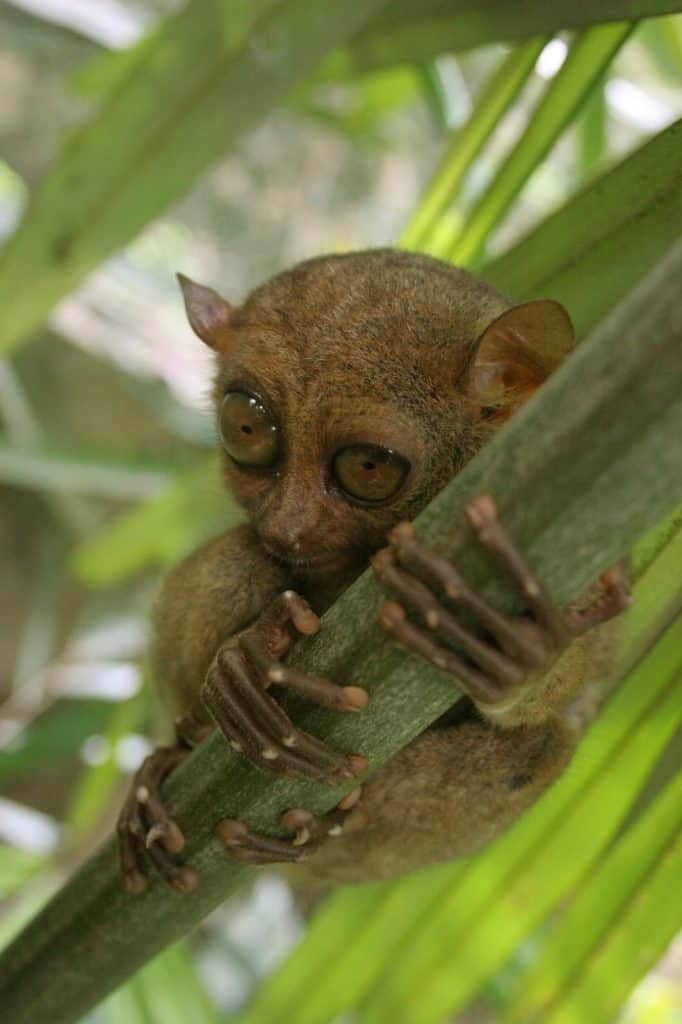
Aye Aye
The family daubentoniidae consists of just one primate species known as the aye aye. This very unusual looking primate is a small, nocturnal animal that lives in the trees of Madagascar’s rain forests and is completely nocturnal. The aye aye has a long body with a bushy tail. It has distinctive hands with an elongated third digit used to locate insects under tree bark by tapping to listen for hollow areas which contain grubs then uses the finger to hook them out.
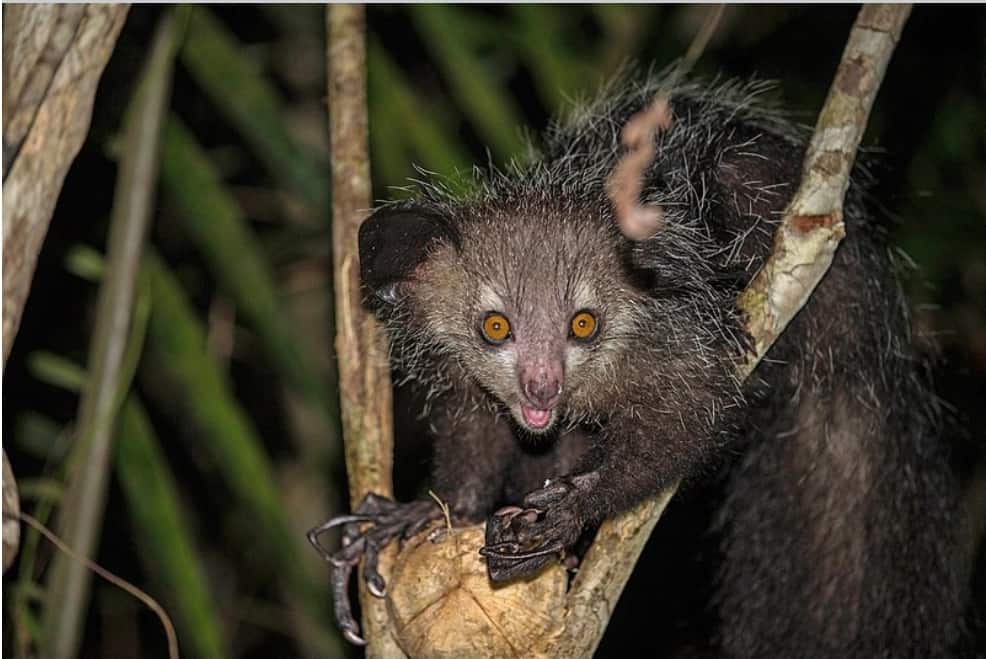
Dwarf Lemurs and Mouse Lemurs
The family cheirogalidae commonly known as dwarf or mouse lemurs, are among the smallest of all nocturnal primates. They are all tree-dwelling and only found wild in the forests of Madagascar. Mostly fruit eaters but some are known to feed on the sugary substance gum and tree sap. Some of the larger species have been known to feed on small reptiles.
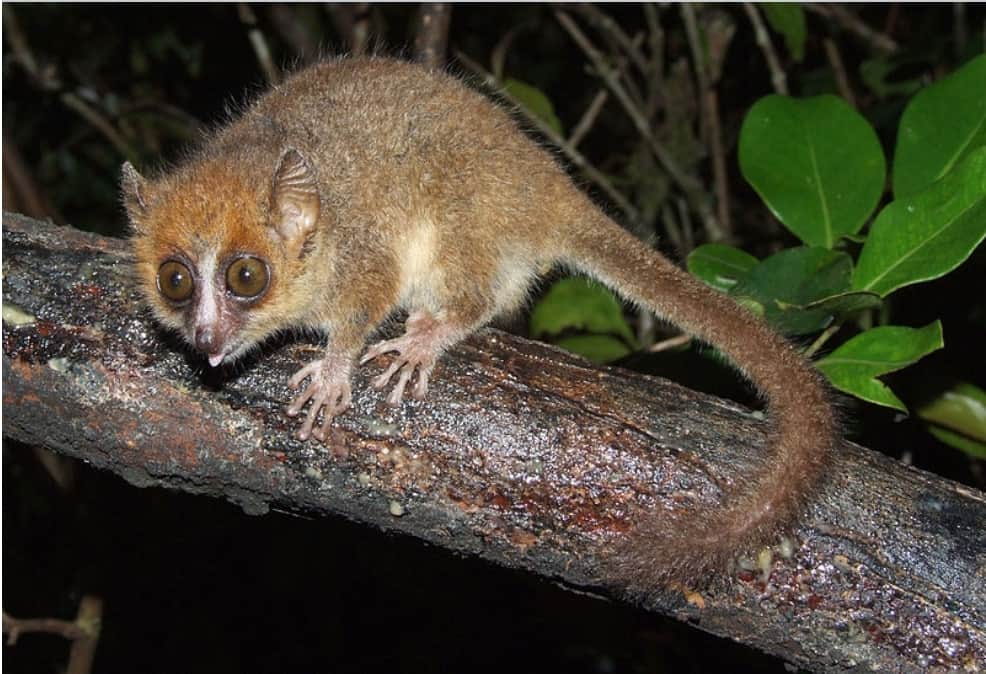
Bushbabies and Galagos
Bushbabies and galagos belong to the family galagidae. They are a group of African primates and very small in size. All species are arboreal (live in trees) and are highly agile and fast while leaping from tree to tree. An unusual behaviour found in many bushbaby species is that of “urine washing” that is to urinate on hands and feet. Whilst many scientists have attributed this to scent marking and trails for them to follow, it has also been noted that they can use it to improve their grip when moving between trees. Here at Wingham Wildlife Park we have a small group of Senegal Bushbabies located in our chimp house.
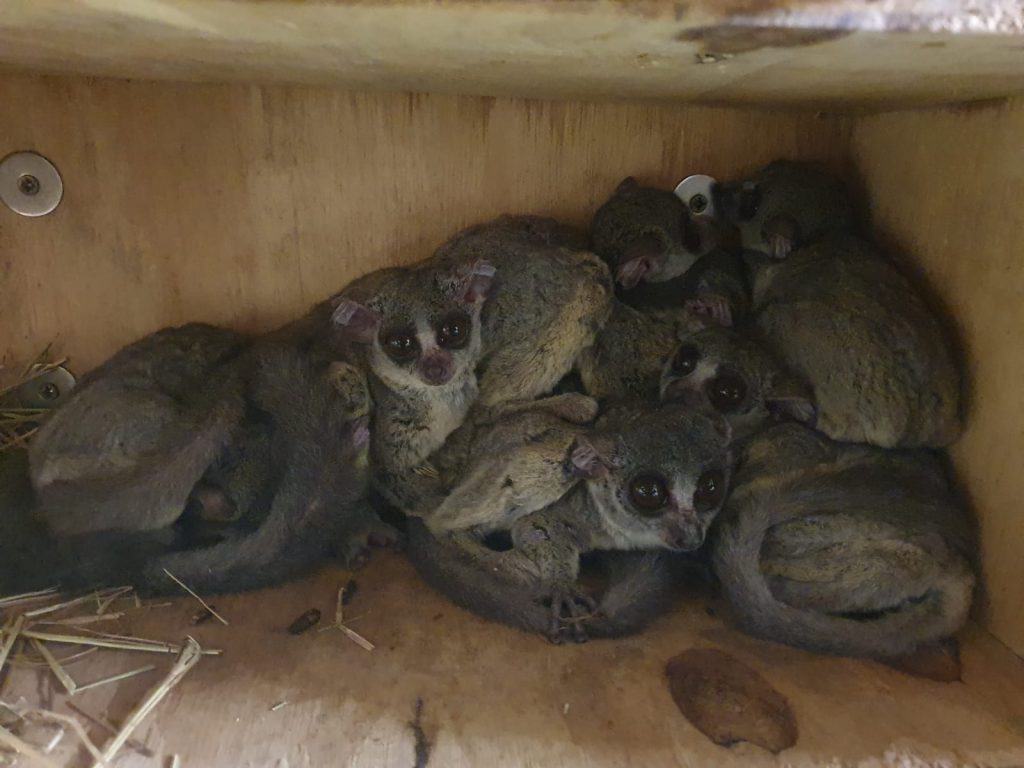
Lorises and Pottos
The family lorisidae consists of six species commonly known as lorises. They are small, tree-dwelling primates native to Africa (Pottos) and parts of Asia (Lorises). Closely related to the galagos family (bushbabies), they also feed on fruits, gums, nectars, insects, eggs and small vertebrates such as birds and rodents. There is also the only known venomous primate in this group called the Slow Loris. The venom is administered through morphologically distinct dentition in the form of an adapted toothcomb and is derived from adapted sweat glands from the forearm and mixed with saliva.
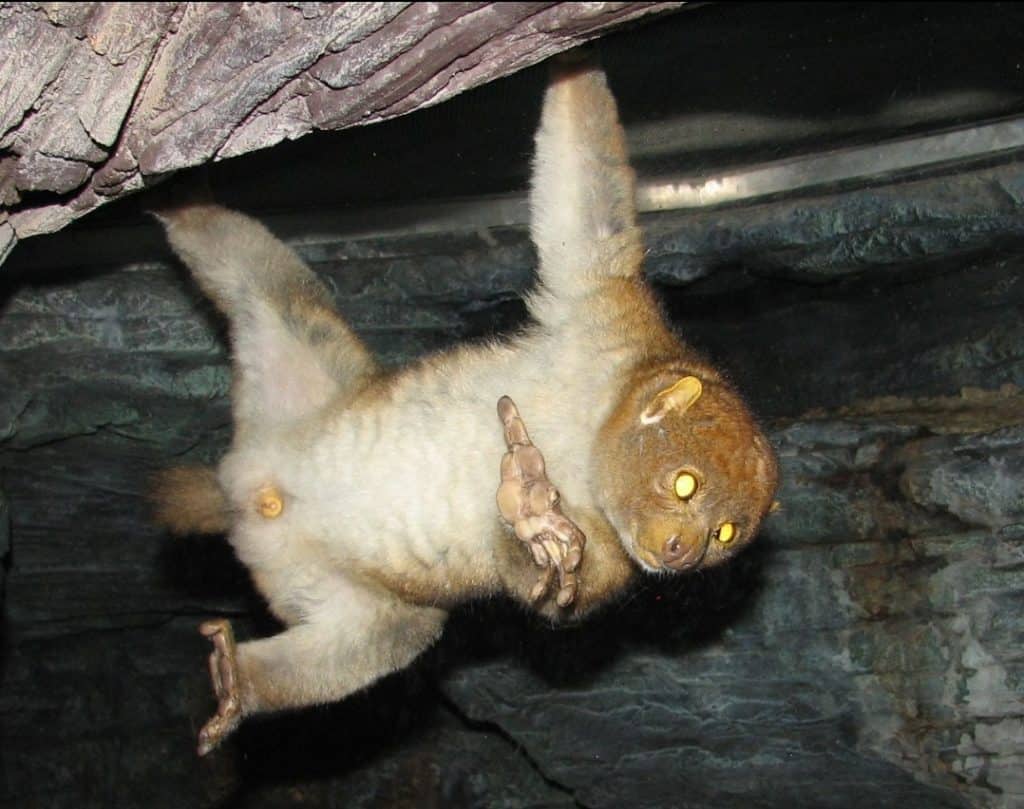
Ltshears https://commons.wikimedia.org/wiki/File:PottoCincyZoo.jpg
Night Monkeys
The family aotidae, known as Night monkeys or often called Owl monkeys due to their large eyes are native to Central and South America and live in tropical forested regions. They are classed as the only true nocturnal monkey compared to their nocturnal prosimians mentioned above. All species are primarily active at night, and venturing out punctually at around 15 minutes after sunset but daylight activity has been witnessed, usually around twilight hours of dusk and dawn. Here at the park we have 3 groups of night monkeys. This is because they are monogamous primates and live in small family groups of about 3-5 individuals.
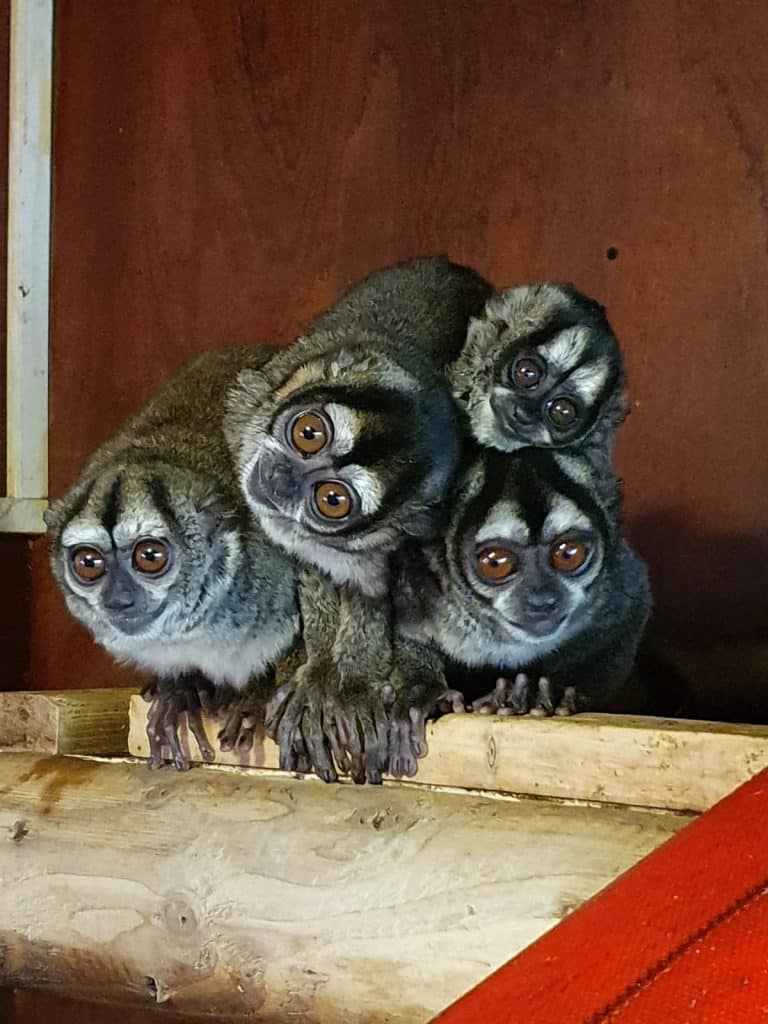
I hope you have enjoyed the brief descriptions of the different nocturnal primate species that roam the rainforests of the world. If you are lucky you may be able to get a look at our elusive groups of night monkeys and bushbabies.


